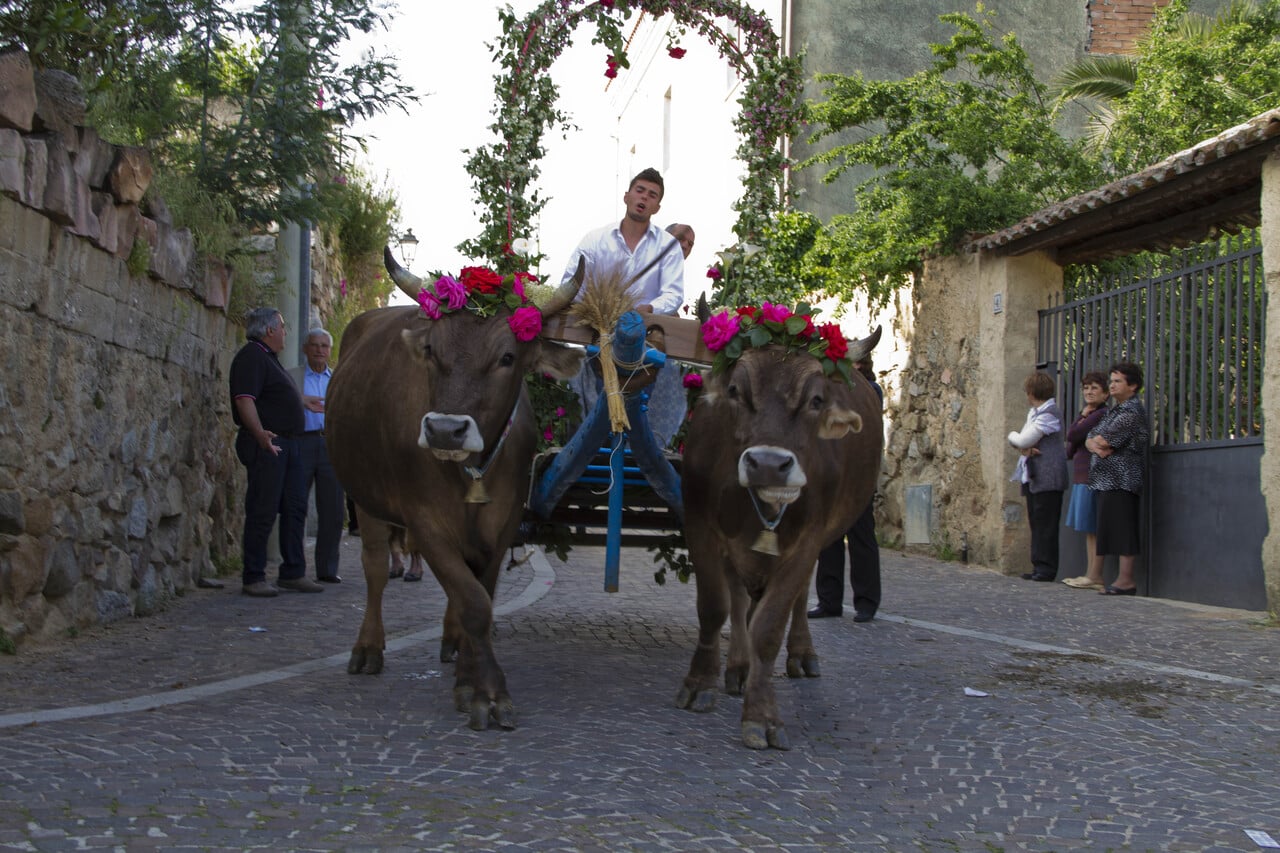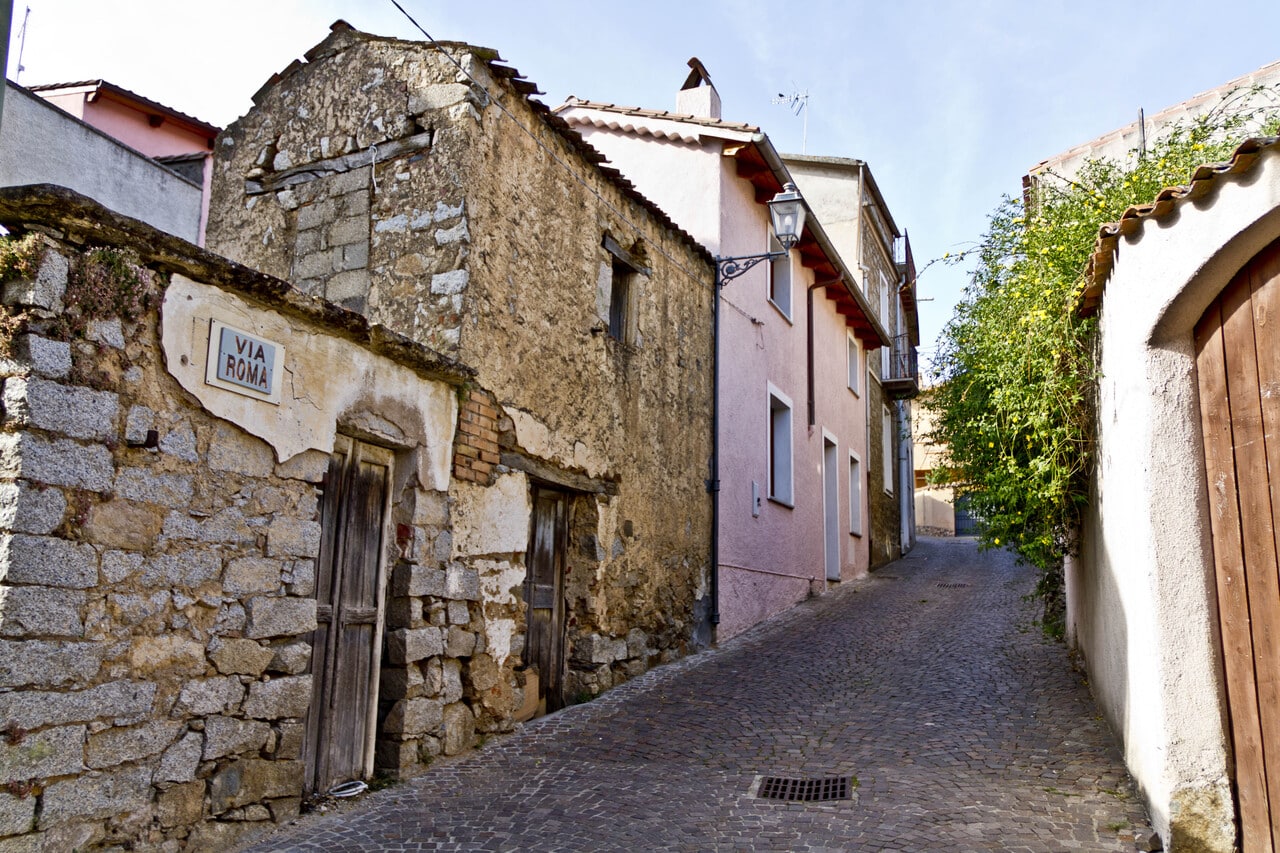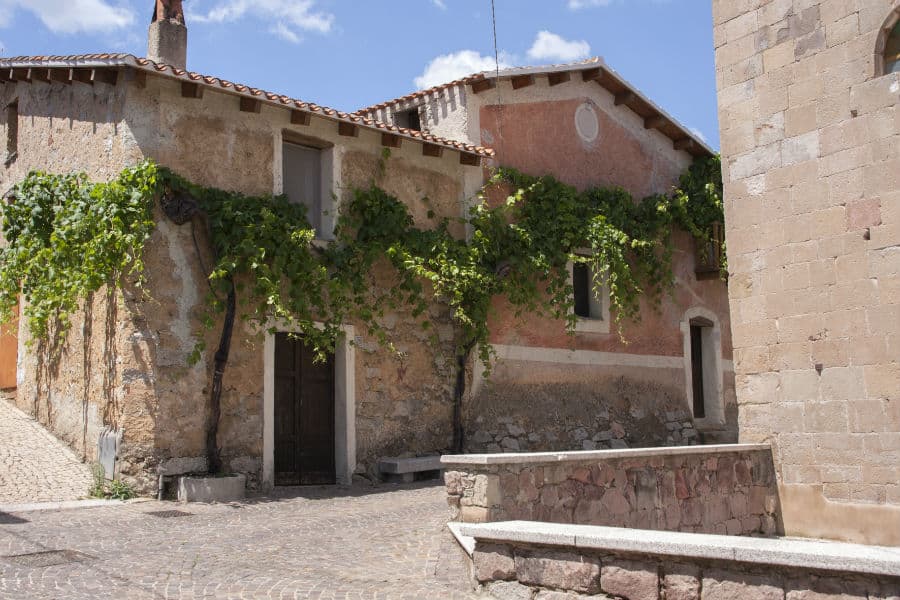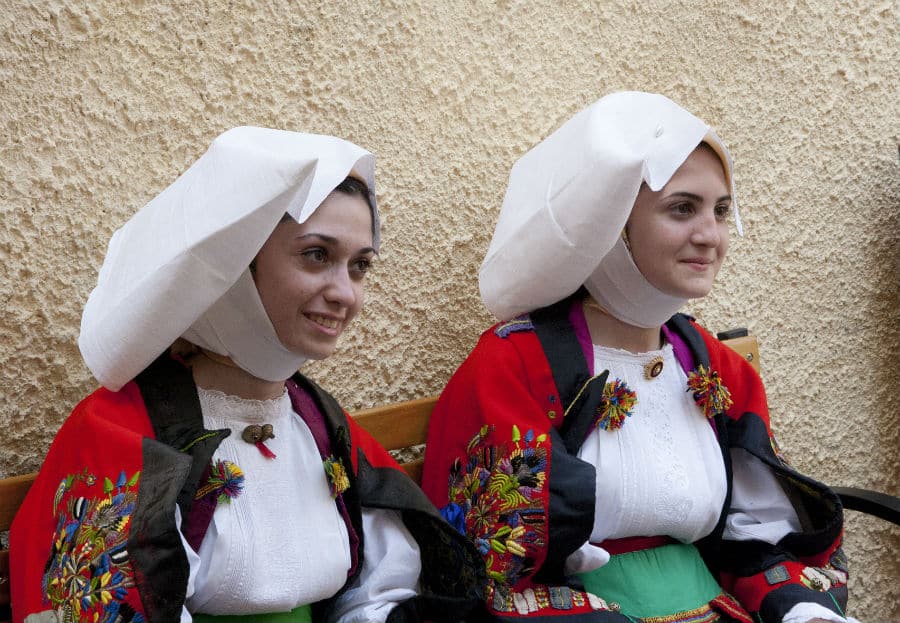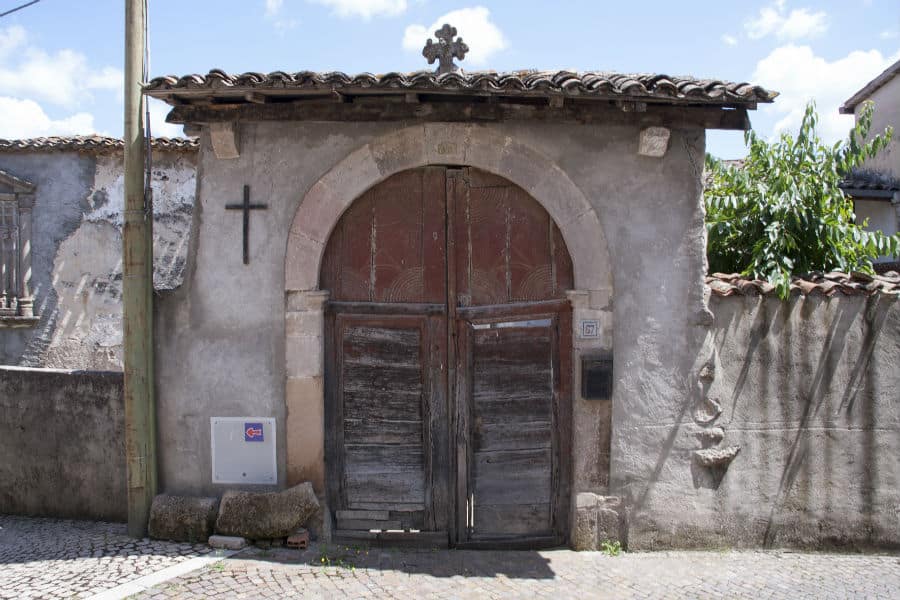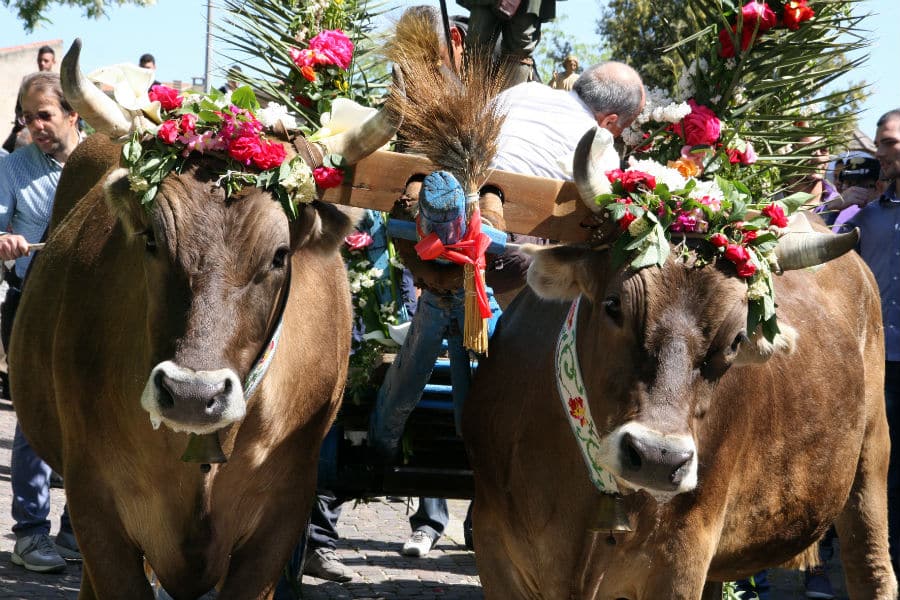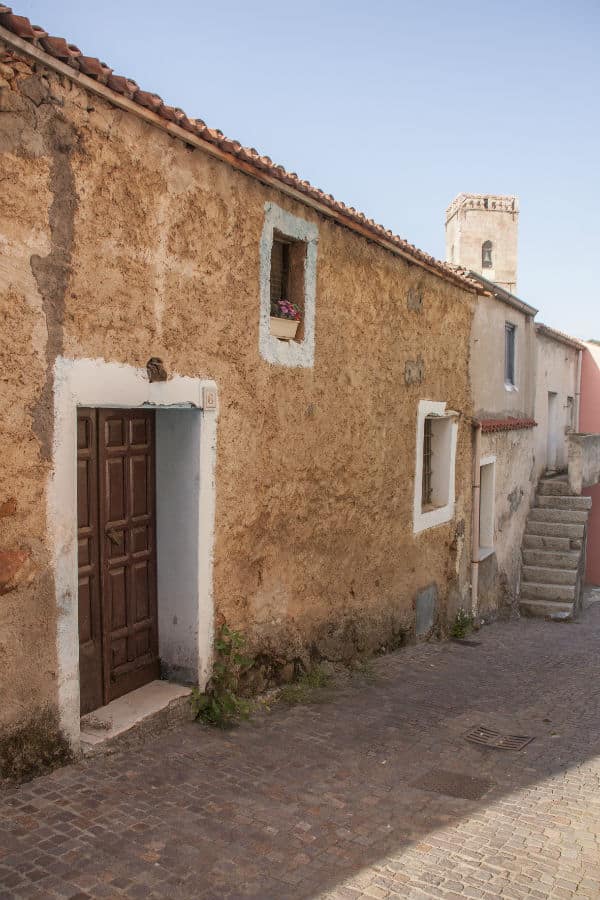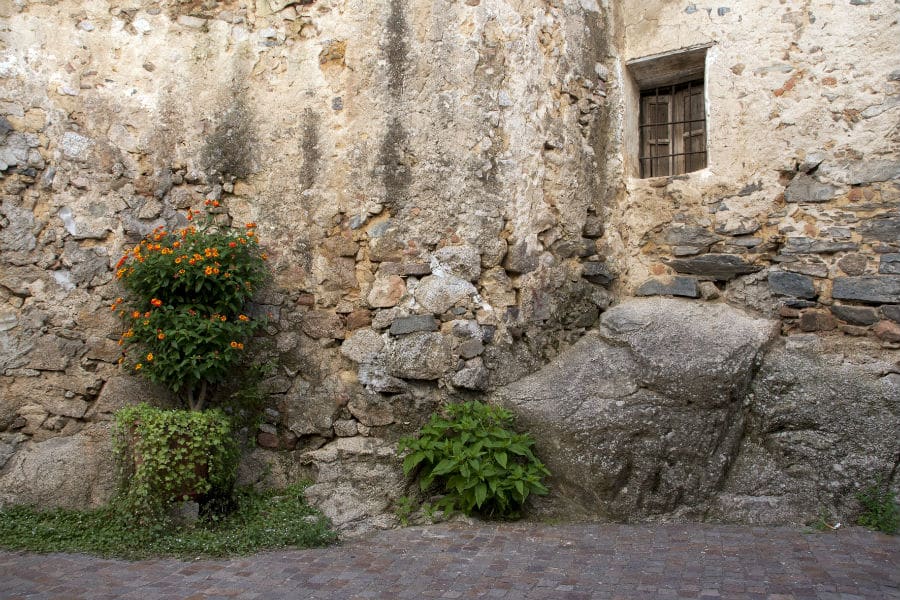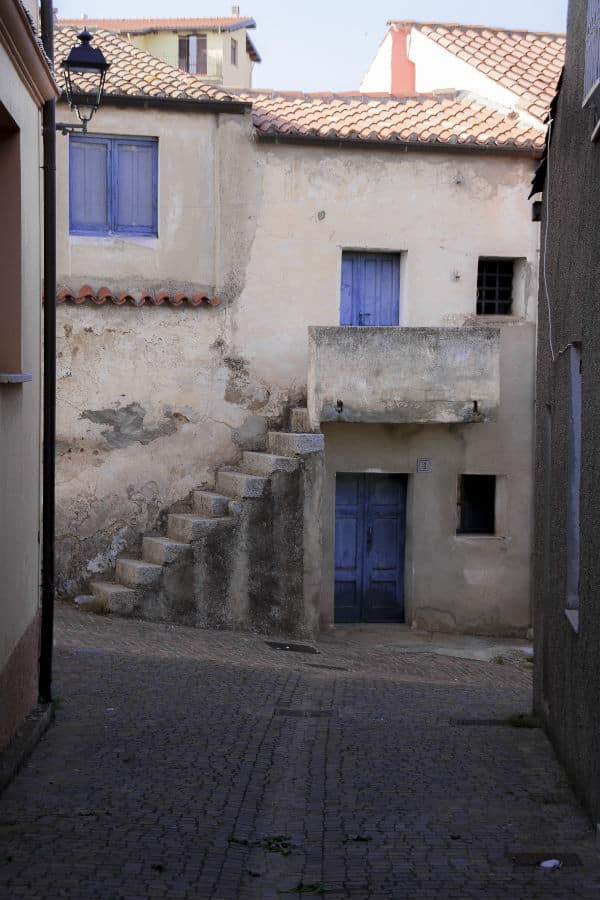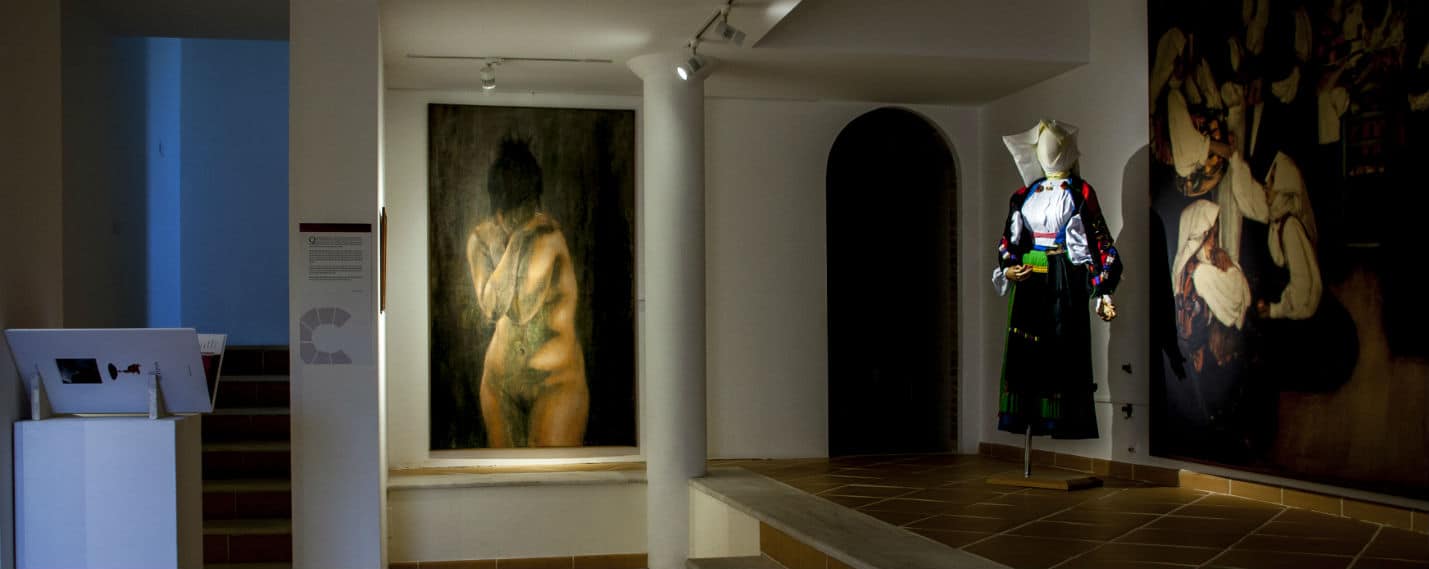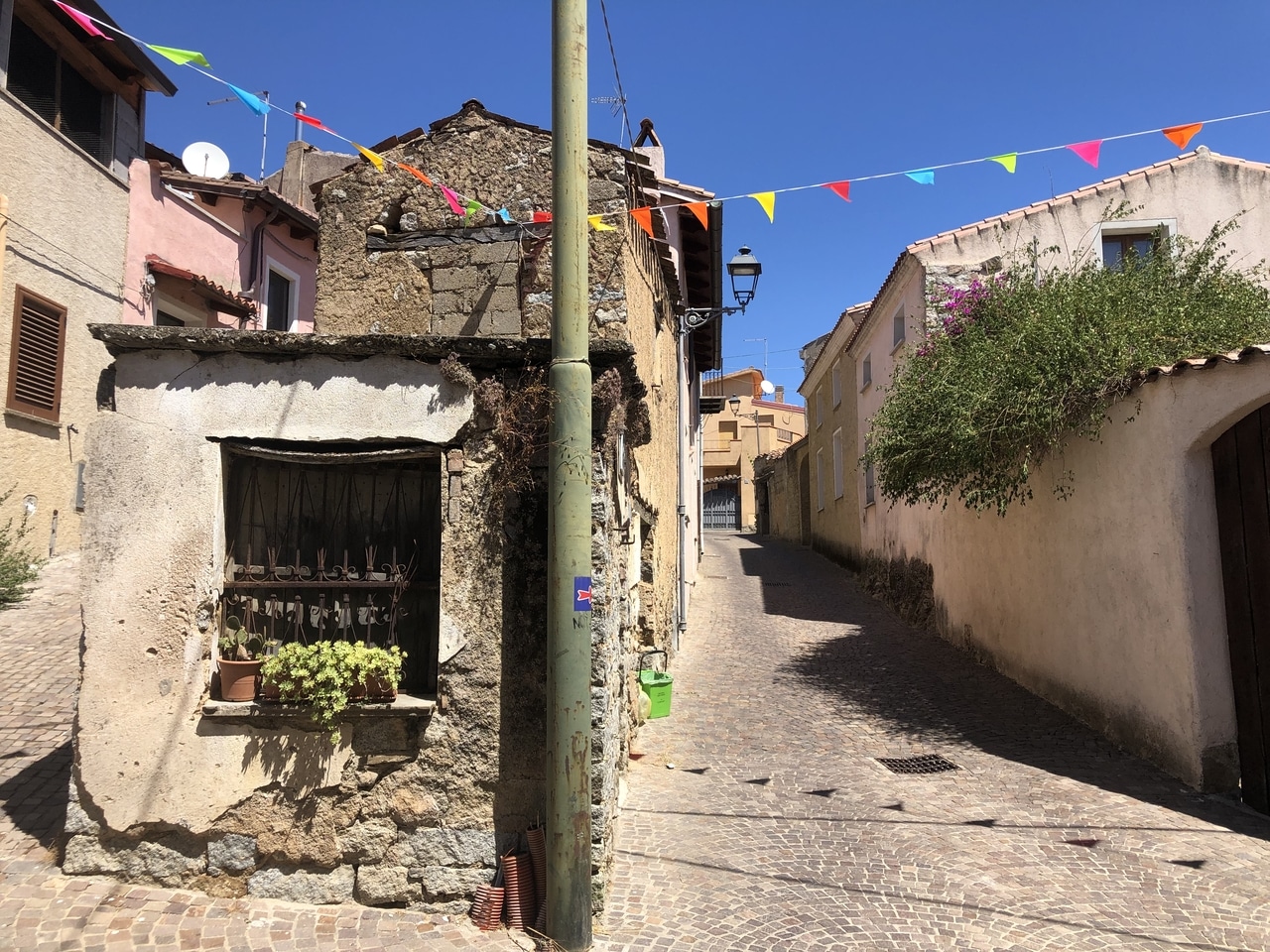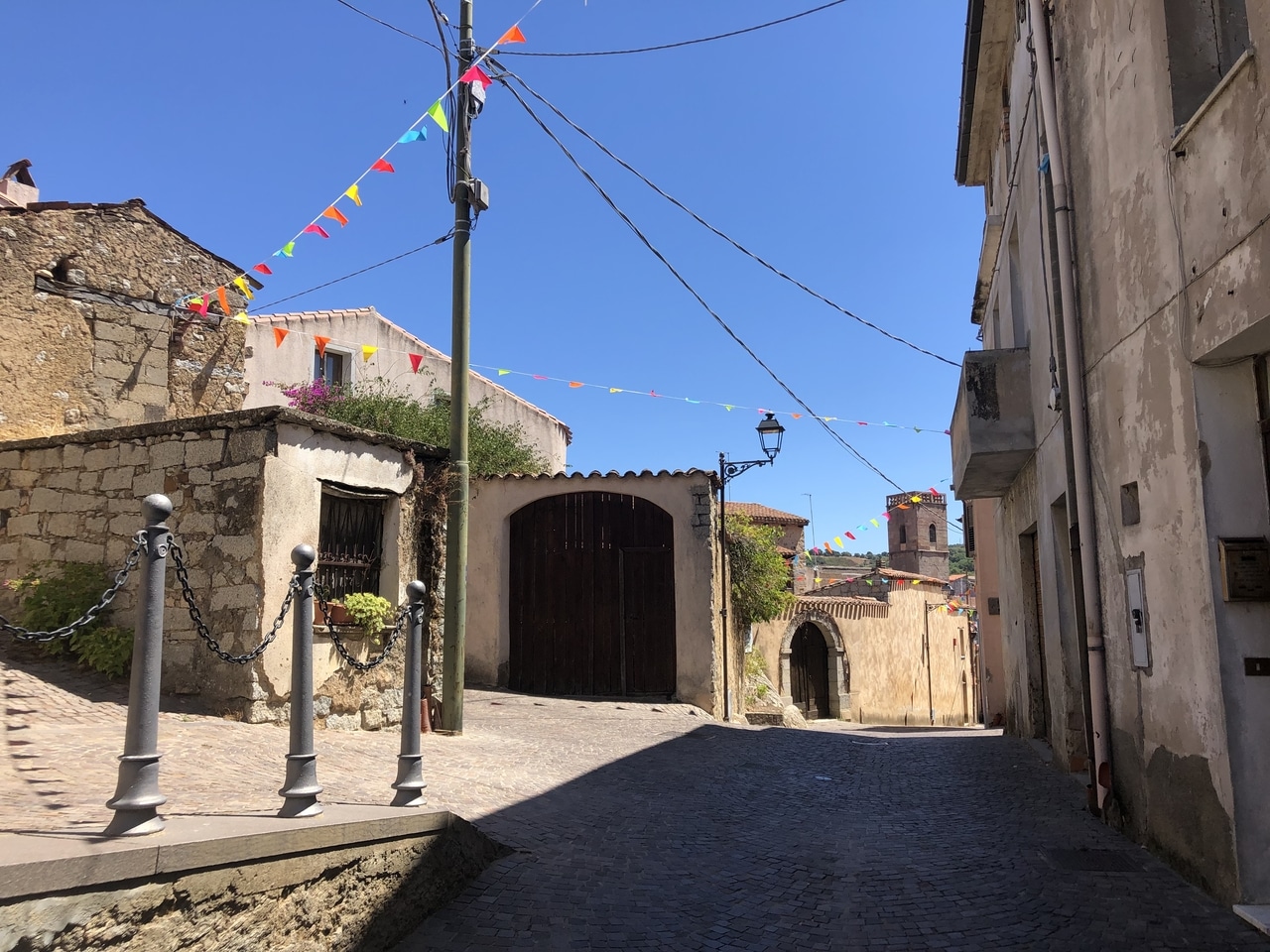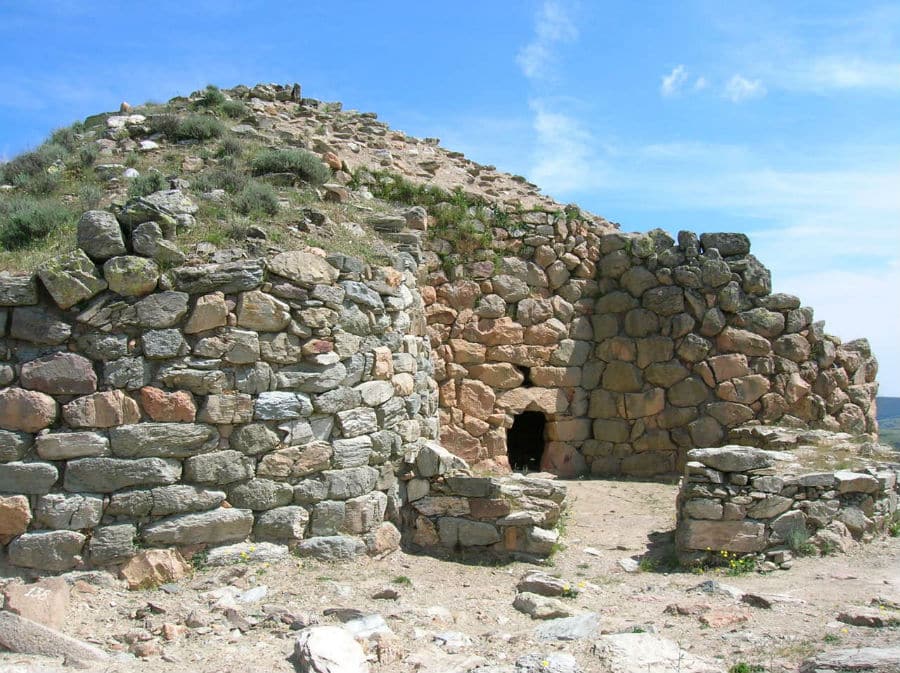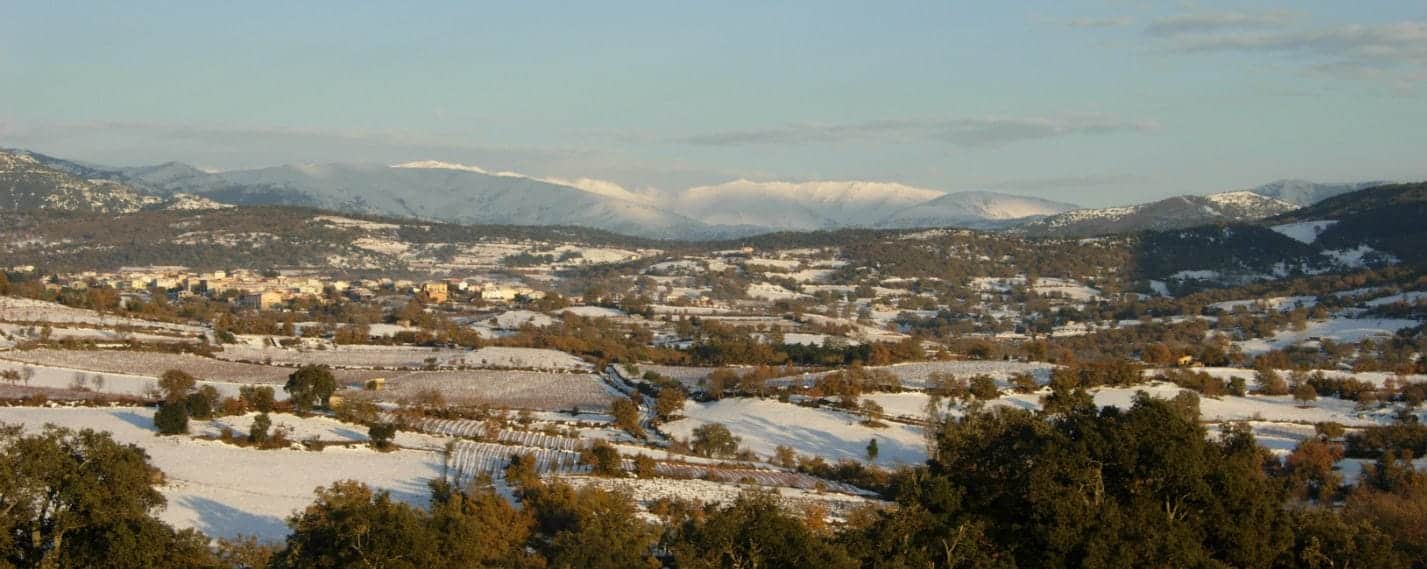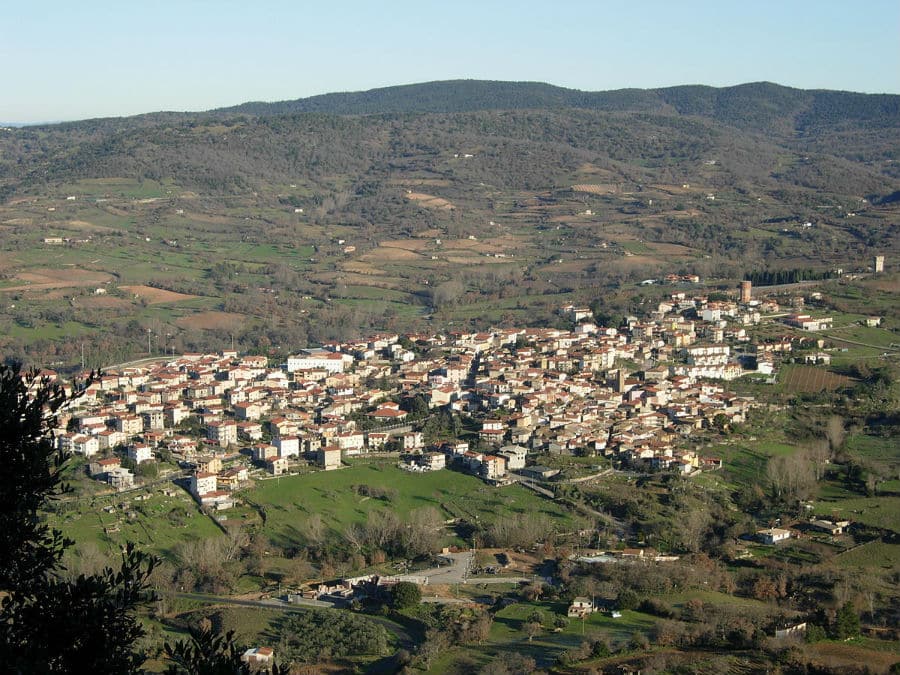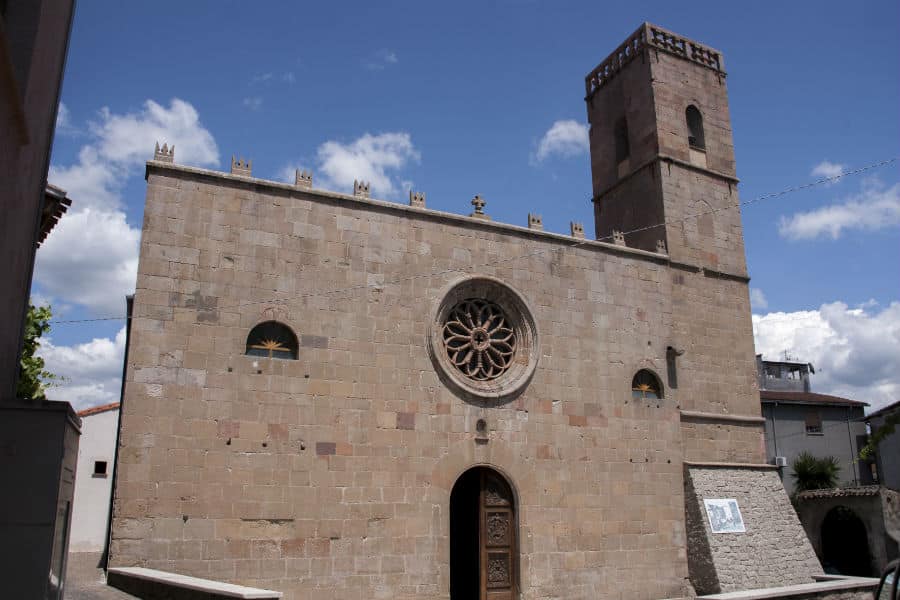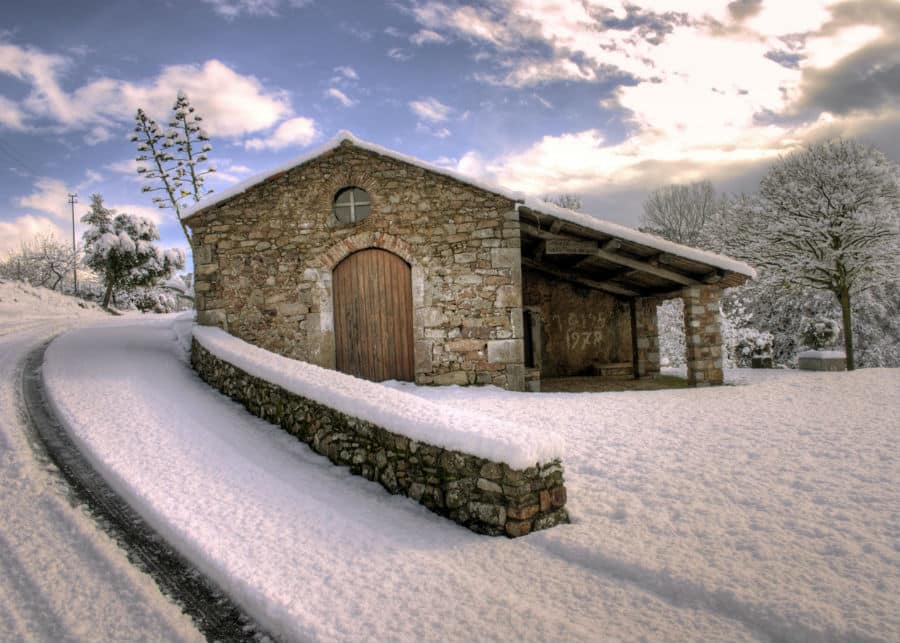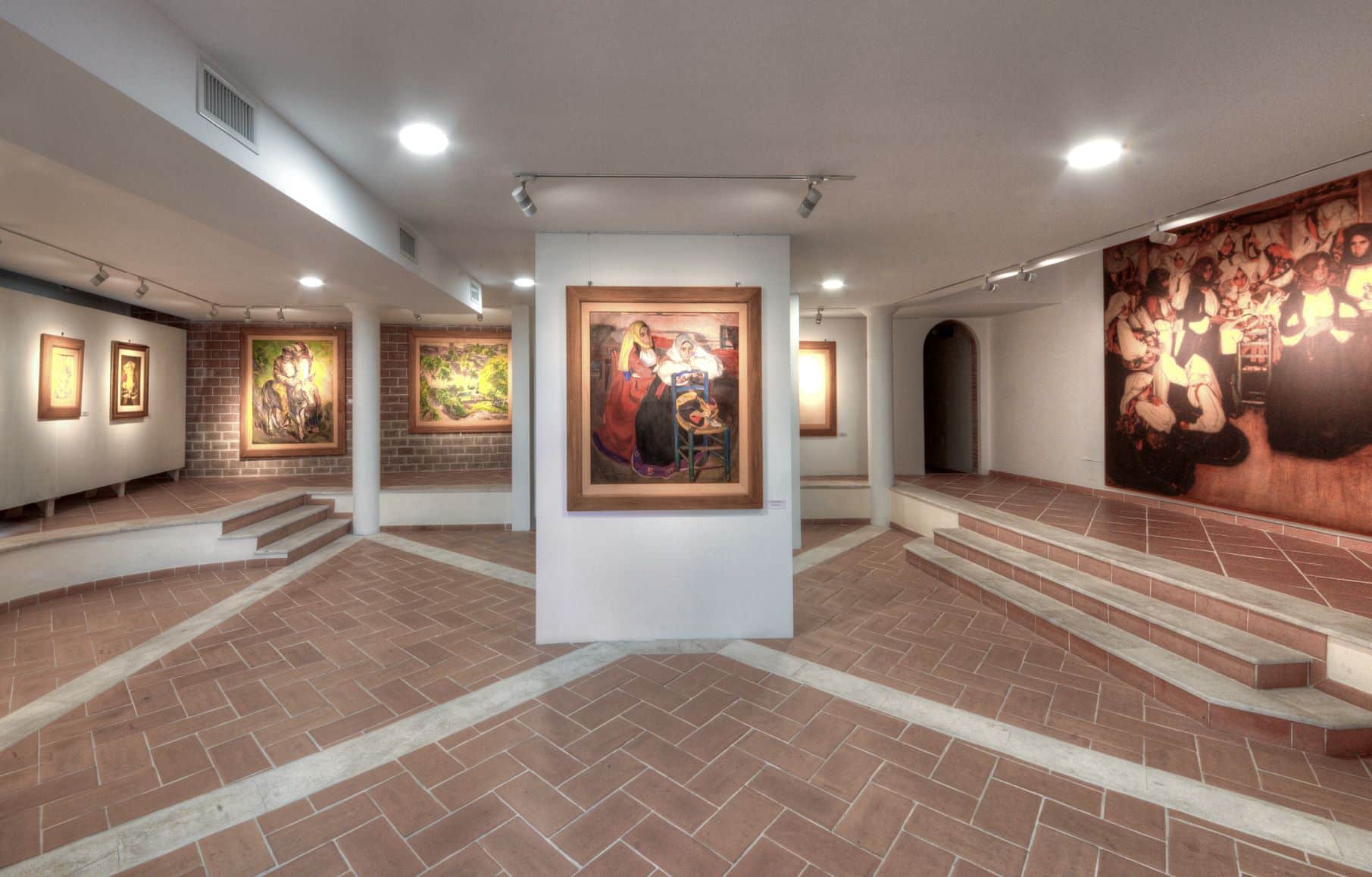The ancient village of Atzara, in Barbagia, dates back to the year 1000 and rises at the source of Bingia de Giosso, still existing. The old town is divided into the ancient ruins of Su Fruscu, Lodine, Montiga and josso, Montiga and Susu, Sa Cora Manna, Su Cuccuru de Santu Giorgi and Tzùri, with old houses and the most monumental buildings built mostly in granite. It belonged to the court of Arborea, which was included in the curator of the Mandrolisai. At the fall of the judged (15th century) he passed to the Aragonese and was incorporated into the Incontrada of Mandrolisai. In 1711 it was united to the county of San Martino, Valentino's feud, which was redeemed in 1839.
They certainly deserve a visit to the Church of San Giorgio, the Parish of Sant'Antioco Martyr, the delightful church of Santa Maria 'e Susu and the Antonio Ortiz Echague Modern and Contemporary Art Museum. In the surrounding area are preserved the remains of "domus de janas" (Corongiu Senes resort), "giant tombs" and Abbagadda nuraghe (hot water) with a central tower of about 6 m high. Other nuraghi are those of Ligios, Ni 'and Crobu, Su Nurache, Figos, Su Pisu and Suergèdu. There is an old graphite and quartz mine.
Atzara has been known since the Middle Ages for excellent wine production, thanks to the presence of numerous vineyards and a particular microclimate, which have always favored the cultivation of vines. Unlike the other areas of Barbagia, where wine production is based exclusively on Cannonau, the wines produced in Atzara, are born from a measured and wise blend of different qualities of grapes, among which Cannonau, Monica and Bovale Sardo represent the main ones. Because of the great landscape excellence and the important presence of historic vineyards (many more than 100 years old), the polycultural landscape has been recognized as Historic Rural Landscape of Italy. Finally, renowned is the production of carpets, made with the pibiones technique, characterized by the variety of colors and geometric themes.
Atzara has been known since the Middle Ages for its wine production of excellence, thanks to the presence of numerous vineyards and a special microclimate, which have always favored the cultivation of the vine. Unlike the other areas of Barbagia, where wine production is based exclusively on Cannonau, the wines produced at Atzara are born from a measured and wise dose of different qualities of grapes, including Cannonau, Monica and Bovale Sardo, represent the main. Lastly, it is renowned for the production of carpets, made with the "pibiones" technique and characterized by the variety of colors and geometric themes.


